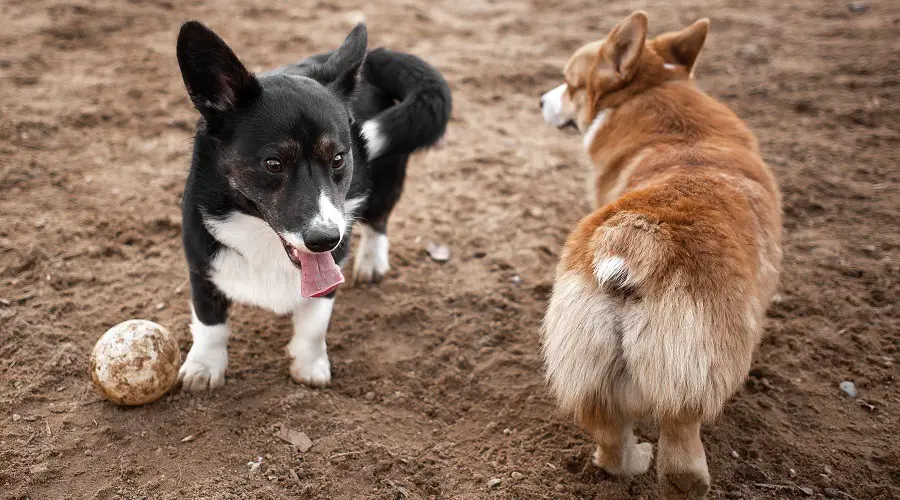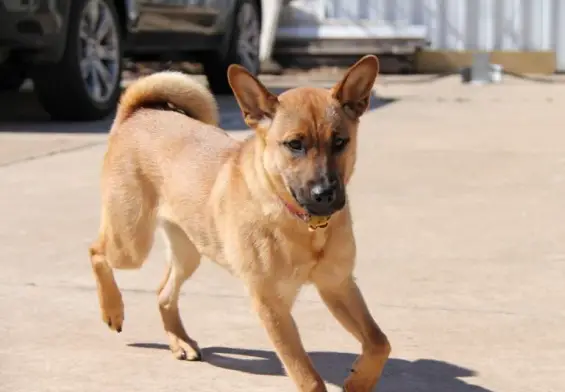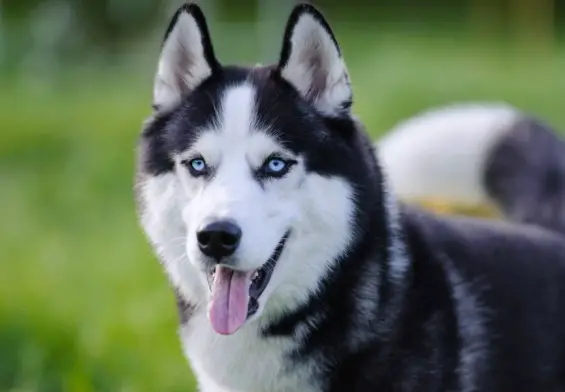Corgi Tail Guide for Dogs & Puppies
There are lots of dog breeds in the world. Of these many dog breeds, corgis are lots of people’s favorites. This dog breed stands out from other dog breeds because of its tailless and fluffy butt.
Dogs generally have tails. However, unlike most dog breeds, corgis do not have tails. Are you interested in knowing why they do not have tails? If yes, please read on.
Are all Corgis without Tail?
Although corgis are generally known to be without a tail, not all of them are tailless. As it stands, corgis are of two types. They are the Pembroke Welsh Corgis and the Cardigan Welsh Corgis. Experts have made it known that Pembroke Welsh Corgis have not been in existence for as long as Cardigan corgis.
These two types of corgis breed have tails when born. Pembroke corgis have stubby and short tails known as bobtail, while Cardigan corgis have fluffy, large tails.
Although Pembroke corgis are born with tails, vets chop off their tails when they are about three days old. Therefore, if you have always wondered why corgis do not have tails, you have your answer. They do not have tails because breeders cut them off. Although you now know why corgis do not have tails, we should not stop here. Let’s go further.
What do Corgis Look Like?
When dog owners mention the word corgis, what they are referring to is Pembroke. Pembroke Welsh corgis are about 12 inches tall and are medium-sized.
Although Pembroke welsh corgis can weigh more than 30kg, this is something that rarely happens. Corgis have strong chest and short, muscular legs. Due to this, they can spend almost the entire day running around. When you see a Pembroke Welsh corgis for the first time in simple language, you will see a low, long, and short dog.
Corgis come in various colors. Nonetheless, black, sable, fawn, and ginger color are the most popular. Additionally, they could come with white marking. Generally, Pembroke corgis are tailless.
Corgis have a fluffy appearance. Nonetheless, they are quick and agile. Since they have a lot of energy, they must be engaged in activities very frequently. Furthermore, corgis are smart dogs. You, therefore, will not need to put so much effort into training them.
Corgis are fearless, stubborn, and independent. Lots of people that are not familiar with this dog breed find this surprising. Corgis are great as watchdogs because of their territorial attitude. They are not scared of much bigger dogs and sometimes bark at them. If you are looking to move around with a tough and cute dog, this is just the right dog you should get.
Why do AKC Standards for Cardigan and Pembroke Corgis Differ?
The two breeds are born with tails. Only Cardigan corgis can keep their tails because of the AKC standard. This explains why you see Cardigan corgis with tails, but Pembroke corgis must go without tails.
According to AKC breed standards, breeders must chop off the tails of corgis. This explains why you will not see Pembroke corgis with tails. The likelihood of not seeing a Pembroke corgi with tails increases when you get one from a registered breeder with AKC.
Although Pembroke corgis used to be born with tails, with time, their genetics changed very slowly. Due to this change in genetics, a lot of corgis are not born with tails. Also, the gene that makes them born without tails is spreading.
According to experts, the chances of finding corgis without that gene that makes them tailless will soon become almost unlikely. Even if a Pembroke corgi gets born with a tail, the dog breeder will chop it off while the corgis are young.
Cardigan corgis, on the other hand, keep their fluffy tails. This happens because of the AKC standard. Nonetheless, Pembroke corgis are more widespread than Cardigan corgis. Due to this, lots of people assume they are the only type of corgis.
Although lots of people do not consider Cardigan corgis purebred, they are just as purebred as Pembroke corgis. Due to the perception of many people about Cardigan corgis, owners of this breed must spend a lot of time letting people know that they are full-bred.
How did The Chopping off Corgis’ Tails become a Thing?
At this point, you know Pembroke corgis do not have tails because breeders chop off their tails. Their tails get chopped off because they were made to work as cattle breeders. Corgis’s are short. Therefore, this made them ideal for working with cattle that enjoy kicking.
Although their short height made it impossible for cattle to kick them, they were not entirely free from being harmed by cattle. This is because cattle could step on their tails. To prevent Pembroke from getting injured by cattle, breeders began chopping off their tails, and it ended up as the AKC standard.
As the norm is, every breeder needs to register their puppies. Due to this, docking became widespread, and not everyone is comfortable with this.
Additionally, not everyone believes in the historical explanation stated above. This is because they believe the tails of corgis were curled upwards naturally to prevent cattle from stepping on them.
There are still Pembroke that still have their tails in place. This does not mean they were not gotten from the right breeder. This simply takes place because some breeders did not register their puppies as they do not agree with this breeding style.
This means when you see a Pembroke with a tail, it does not make it a bad dog. It just is not following the AKC standards. If you spot a Pembroke with its tail, it will not have a long tail. Its tail will be short and will not exceed two inches.
Although not everyone believes this, tail docking is a practice that has been on for a long time. The tails of dogs were cut by ancient Romans before a lot of people picked them up. This was done for various reasons. Some believed they could keep their pets free from rabies by doing this.
As time went on, many people considered the presence of a tail detrimental to dogs while they chased their prey. Since their dogs could not participate in hunting games, peasants needed to dock their dogs’ tails.
Furthermore, dog owners would cut off the tails of dogs used for working. This way, they did not get hurt. However, this practice is only essential for dogs that have tails considered too long for the dog’s size.
Why do Some Corgis Get Born with No Tails?
There are situations in which corgis are not born with a tail. Also, sometimes, they get born with a bobtail. Although certain people believe all corgis are born with tails, some are born without tails.
Corgis with bobtails are born with tails that are a lot shorter than those of the average dog. These tails are usually very short and would make people argue they do not exist. Corgis have no tails because of the presence of a T-box gene that has been mutated.
Sometimes, puppies get the T-box gene from their parent. When this happens, being born tailless becomes a part of their genetic makeup. Additionally, the chances of the T-box gene affecting male dogs are the same as affecting female dogs.
With a copy of the T-box gene, a dog can have a bobtail. The actual length of the tail is dependent on various factors. Nonetheless, the tail will be shorter than the average dog tail.
Additionally, this dog breed is not the only dog breed that has a bobtail naturally. Other canines have a bobtail. Some of these dog breeds are;
- Spanish Waterdog
- The Schipperke
- Blue Heeler
- Brittany Spaniels
- Australian Shepherds.
Tail Cutting in Corgis
The practice of docking or removing a Corgis’ tail depends on the veterinarian’s style and the breeder. This will have a strong influence on the actual time docking is done. Also, it will affect the length of the tail.
Usually, the vet dock’s a Corgis’ tail when the dog is about 3-7 days old. Also, some vets do this before the dog is more than two days old. The exact time this is done is not so important. What matters is that it is done when the dog is still young.
When certain people become aware of the reason corgis have no tails, they begin thinking if tail cutting is a painful process. This question has led to a significant debate, and it appears to be a complicated question. Many people claim that tail cutting on time does not lead to pain as the canine nervous system is underdeveloped, and they can’t feel pain.
Conclusion
There is no easy answer to questions about the absence of a tail with most corgis. While this is the case, we can say humans and breeders are mostly responsible for the lack of tails in corgis.
Regardless of the reason your corgi lacks a tail, always note that it should have one.





